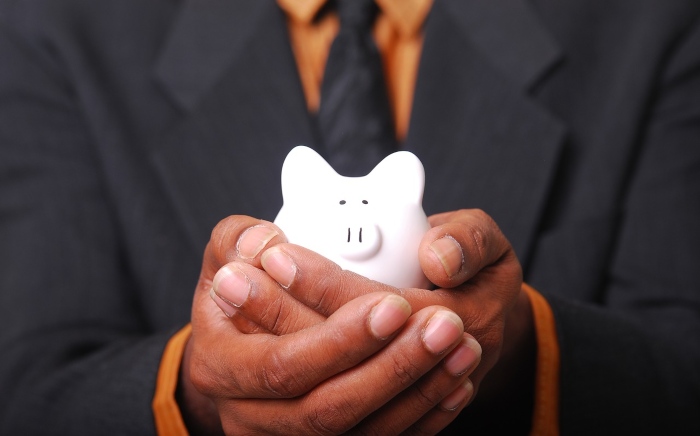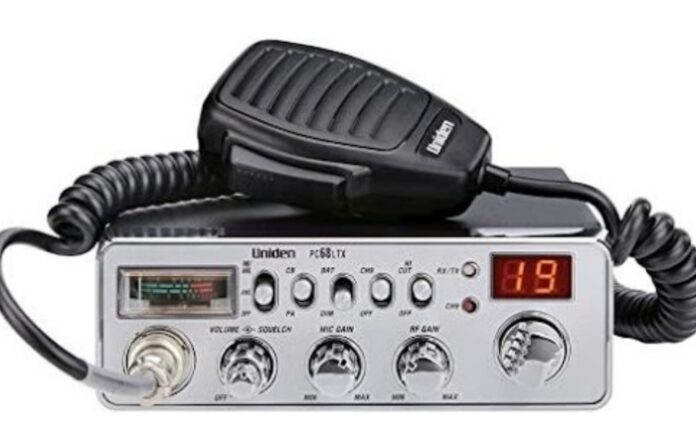There is very little that can be done without electricity. If the grid is down, you won’t be able to use most of the technology you are accustomed to using daily. Cell phones won’t work, your television won’t work, your computer will be useless; even things like your coffee maker will not work without electricity, and if you rely on instant hot water (no natural gas), then you won’t be able to use the device that boils the water for you. Some circumstances can cause outages that will be temporary or last for days, for example, if your area is struck by an ice storm.
I’m sure you’ve heard of HAM Radio and that it’s very important in times like these. You probably also know that the service is free and that you can use it to contact anyone else with a HAM Radio.
If you aren’t familiar with HAM Radio yet, I’d like to tell you a little bit more about it. HAM Radio has always been present in times like these, but it hasn’t gotten enough attention to be considered normal. The best way to describe HAM Radio would be to compare it with other kinds of radio. If you want to listen to the radio, you turn on your radio. If you want to send out a message, like the ones you’re used to seeing at the end of movies, you use HAM Radio.
Why Tune In
If you’re a prepper and not using a HAM Radio, you should consider it – and if you’re not a prepper, you should consider becoming one. If we look at why you have to tune in to the world of HAM Radios, we can see that this is something you can’t live without.
Communication
The first thing that comes to mind when you think about whether or not your family needs HAM Radios is communication. You can use them to keep in touch with other people who have a HAM Radio and other forms of traditional communication. However, HAM Radios allow for communication in a way that is much more reliable and manageable. You can rely on them in times of trouble because they don’t need any power source. You can also use them to communicate with an entire community.
Useful in places without power
Because they can be used without any power source, they are useful during situations where there may not be any power for a while. This is helpful if you have solar panels or a generator for your home – but if the grid goes down, you may not have any electricity at all. When electricity is not available, a HAM Radio can still be used.
Privacy
Your conversations on HAM radio can’t be tracked or intercepted by anyone.
Ease of Use
This service is incredibly easy to use and requires no manual or certification whatsoever. It is so easy to use that even a kid can pick it up with no instructions! The best thing about using a HAM Radio is that you don’t have to rely on any other office or organization for help. It’s FREE, so you can use it whenever you want. You can learn everything there is to know about HAM Radio by watching videos from youtube.
What’s needed to operate one?
Your CB setup should include the following basics:
- A CB Radio. On the low end, you can expect to shell out $60-100. On the higher end, you could be looking at $200+.
- A Shortwave Radio Receiver. This is handy for scanning for activity on popular CB channels. For the casual user, the cost will be $30-$70. On the higher end, you can find units that will cost $200 or more. A CB microphone is also a must have!
- This last part is optional but it really improves your capabilities greatly if you have one: a magnetic mount antenna. A handheld whip antenna works fine for casual CB operation but if you want to set up mobile or go mountain-topping, a mag mount antenna is ideal for moving locations without leaving your radio behind or running the risk of having it stolen.
Readers Might Also Like:

Money-Saving Tips for New Parents
 Top Financial Hacks That Everyone Can Use
Top Financial Hacks That Everyone Can Use
 Six Ways To Support A Family Member In Need
Six Ways To Support A Family Member In Need
 The Health Benefits of Flaxseed
The Health Benefits of Flaxseed

